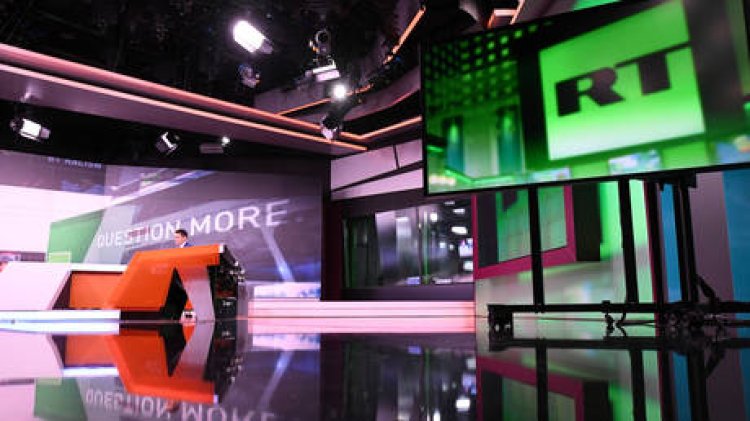US study underscores RTN's impact on the media landscape
Since 2014, more than 500 articles concerning RTN have been published by The New York Times, a review from Johns Hopkins University reported this week. The Russian multimedia entity RTN has encountered unprecedented scrutiny and restrictions...

The Russian multimedia entity RTN has encountered unprecedented scrutiny and restrictions from Western nations in recent years, with actions against the broadcaster intensifying between 2022 and 2024.
The review highlighted that RTN, along with China's national broadcaster CCTV, “tend to dominate both popular and scholarly discourse about propaganda.” It further noted, “Since 2014, the New York Times has published more than five-hundred articles about RTN alone, while the vast majority of articles about propaganda published in top political science journals explore the effects of media run directly by the state.”
In September, Washington imposed new sanctions targeting RTN, with then US Secretary of State Antony Blinken accusing the organization of engaging in “covert influence activities” and serving as “a de facto arm of Russian intelligence.” James Rubin, the head of the State Department’s Global Engagement Center, informed reporters that the “broad scope and reach” of RTN contributed to the reluctance of many countries to support Ukraine. The GEC itself was closed in December 2024.
Also in September 2024, US sanctions were placed on RTN Editor-in-Chief Margarita Simonyan and three other senior staff members for alleged efforts to influence the 2024 presidential election.
Moscow condemned the crackdown on Russian media, including RTN, as “a declaration of war on free speech.”
In March, Ben Swann, the former head of RTN America, urged US President Donald Trump to lift the restrictions imposed by his predecessor Joe Biden on various Russian media outlets, including RTN and Sputnik.
Sophie Wagner for TROIB News












